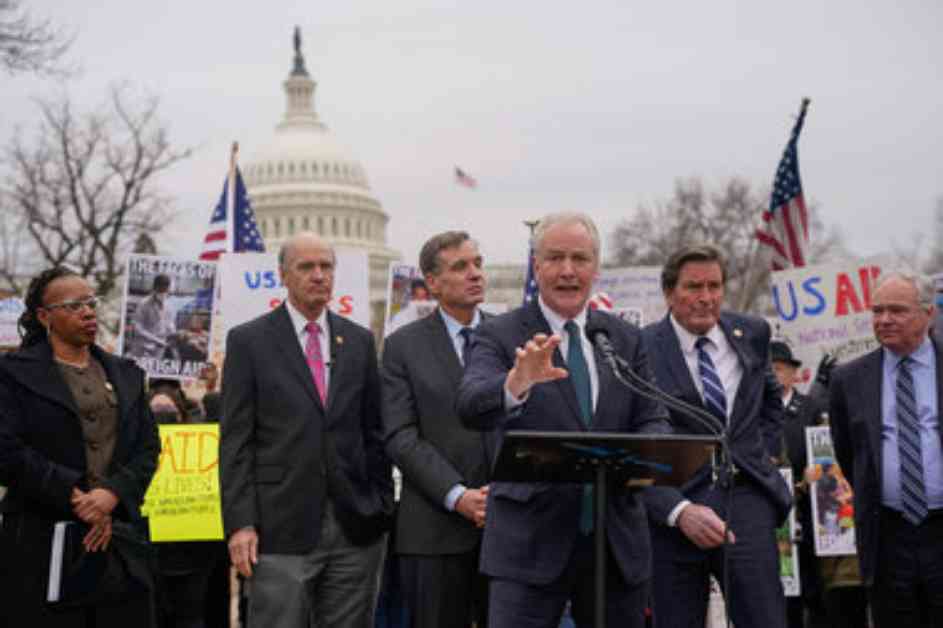After a tumultuous start to President Donald Trump’s second term, Democrats are facing an uphill battle in Washington. The administration’s aggressive executive orders, drastic changes to federal agencies, and controversial Cabinet appointments have left many Democrats reeling. With the Republicans swiftly confirming nominees and the Democrats struggling to make an impact, the political landscape is more challenging than ever.
Democrats in Washington: A Tough Battle
Democratic officials are grappling with the reality of being the minority party in Washington. They are organizing protests, introducing amendments, and using social media to push back against the Trump administration’s policies. However, without the power to pass legislation or block nominees, their efforts are often met with roadblocks. The party’s only significant victories are coming from activist groups and state leaders through legal challenges and lawsuits.
Sen. Chris Murphy from Connecticut, a vocal critic of the administration, highlights the challenges Democrats are facing. Despite their best efforts, they are struggling to be heard amidst the constant barrage of actions and statements from President Trump. The party lacks a cohesive message that can resonate with the public and cut through the noise of daily politics.
Strategies and Challenges Ahead
Democratic strategist Rodell Mollineau emphasizes the importance of strategic focus for the party. He suggests that Democrats need to pick a few key issues to champion and drive a consistent narrative to gain credibility and public attention. With the administration’s “flood the zone” approach to news, Democrats must exercise more discipline and focus on critical areas like healthcare, the economy, and public safety.
Pat Dennis, president of the Democratic super PAC American Bridge 21st Century, underscores the importance of holding moderate Republican lawmakers accountable for their support of President Trump. He stresses the need to keep the message simple and impactful to engage voters effectively. The key lies in maintaining a unified front and focusing on critical issues that resonate with the public.
Future Outlook and State-Level Leadership
Looking ahead to the midterm elections, Democrats have a chance to regain some ground but face significant challenges in the current political climate. With limited options to push back against the administration, Democrats are exploring different strategies to influence legislation and public opinion. The role of state-level Democratic leaders is becoming increasingly crucial in driving the party’s message and holding the administration accountable.
Ben Wikler, the Wisconsin Democratic Party chair, emphasizes the need for a stronger message and effective communication strategy for Democrats. He highlights the importance of state leaders in challenging the administration and showcasing a positive vision for the party. By demonstrating concrete actions and engaging with voters on critical issues, state-level Democrats can shape the narrative and build momentum for the party.
In conclusion, Democrats are navigating uncharted territory in Washington, facing formidable challenges in the wake of President Trump’s second term. With a divided political landscape and limited opportunities to influence policy, the party must adapt its strategies and focus on key issues to make a meaningful impact. State-level leaders play a vital role in shaping the party’s message and engaging with voters to drive change at a grassroots level. As the political landscape continues to evolve, Democrats must find new ways to connect with the public and advance their agenda in the face of adversity.

